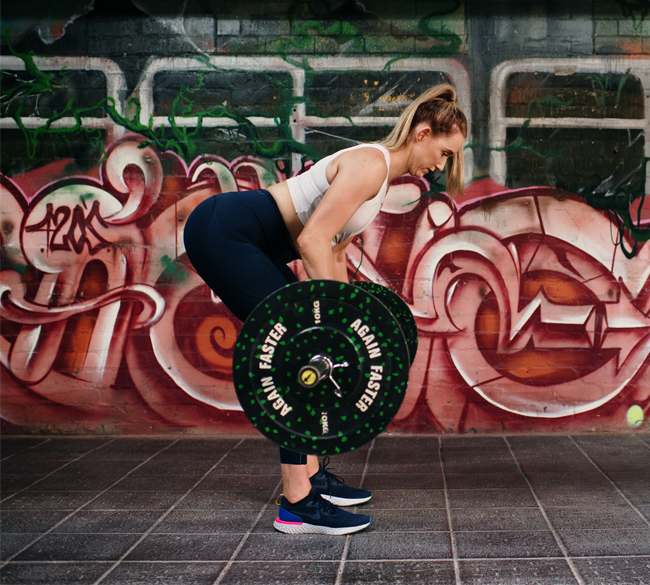
The squat is one of the best exercises for maintaining a well fit body, especially the lower portions of the body. But, do you know the depth your squats you need to maintain that will be safe and more effective. When doing squats majority people keep it parallel to the thighs, but the actual depth of squat from the biochemical perspective is yet to be known by many. Thus, for knowing the biochemically approved squat depth, you need to go through the discussions below.
The General Squatting Depth
Generally, there are two major approaches for squatting, which are parallel squat or bringing the hips closer to the ground. When people opt for Olympic fitness training, such as lifting and jerk, then they can squat lower. But, people who have opted for general Brisbane City fitness training might not be able to squat deeper. Some people believe that squatting till parallel depth is safer, as there are fewer risks to a knee injury, while as per others' perspectives squatting should be done down to parallel. But, almost all the individuals believe that it is not safe to squat any deeper than a point when hips begin to tuck under, and the natural arch of the lumbar spine cannot be seen.
After the movement of squat reaches at a specific depth level, the motion range of hip joint can become restricted. The range of motion around the hip joint varies from person to person, such as some lifters have a wide motion range of hip joint while others have limited. This happens because of the hip joint’s shape and depth. The depth one can squat depends upon the depth of femur-pelvic articulation.
Learn The Biochemically Approved Squat Depth You Need To Maintain
When squatting, you are carrying extra weight, and this can pressurise the heavy barbell on the lower back, which, in turn, compresses the lumbar vertebrae. Hence, tucking the hips needs to be avoided by every squatter. The best solution from the biochemical perspective is that you should not squat lower than the point when your hip begins to tuck under, and when you are unable to see the natural arch of the lower spine. The professional Brisbane City fitness trainer helps their clients in developing appropriate techniques of squatting with fewer loads. This helps to ensure the neutral positioning of the back and safer positioning of the low spine.
Besides, it is essential to choose a squat exercise which will help in enhancing better motor control of squat movement. For instance, the goblet squat helps the lifter to develop a healthy pattern for squat without carrying any extra load across the shoulders and compressing the lumbar spine disc.
Last Verdict!
Hence, it is necessary to learn the proper squatting technique that is biochemically approved for the safety of your body. This helps excluding extra load on your shoulders and the discs of the lumbar spine. Moreover, doing proper squats will make sure that the back stays in a neutral position and ensures the safety of the lower spine. You can learn the biochemically approved squatting ways with the help of high-skilled and experienced personal trainer online in Brisbane City.
The author has been providing general and specialised Brisbane City fitness training for several years. The author also specialised in providing an individualised training programme, and personal coaching from Brisbane City fitness trainer. The author provides personal trainer online in Brisbane City through video regular video calls for distant clients. The distant clients can also track their performance by accessing the author’s online performance tracking platform.

Post new comment
Please Register or Login to post new comment.